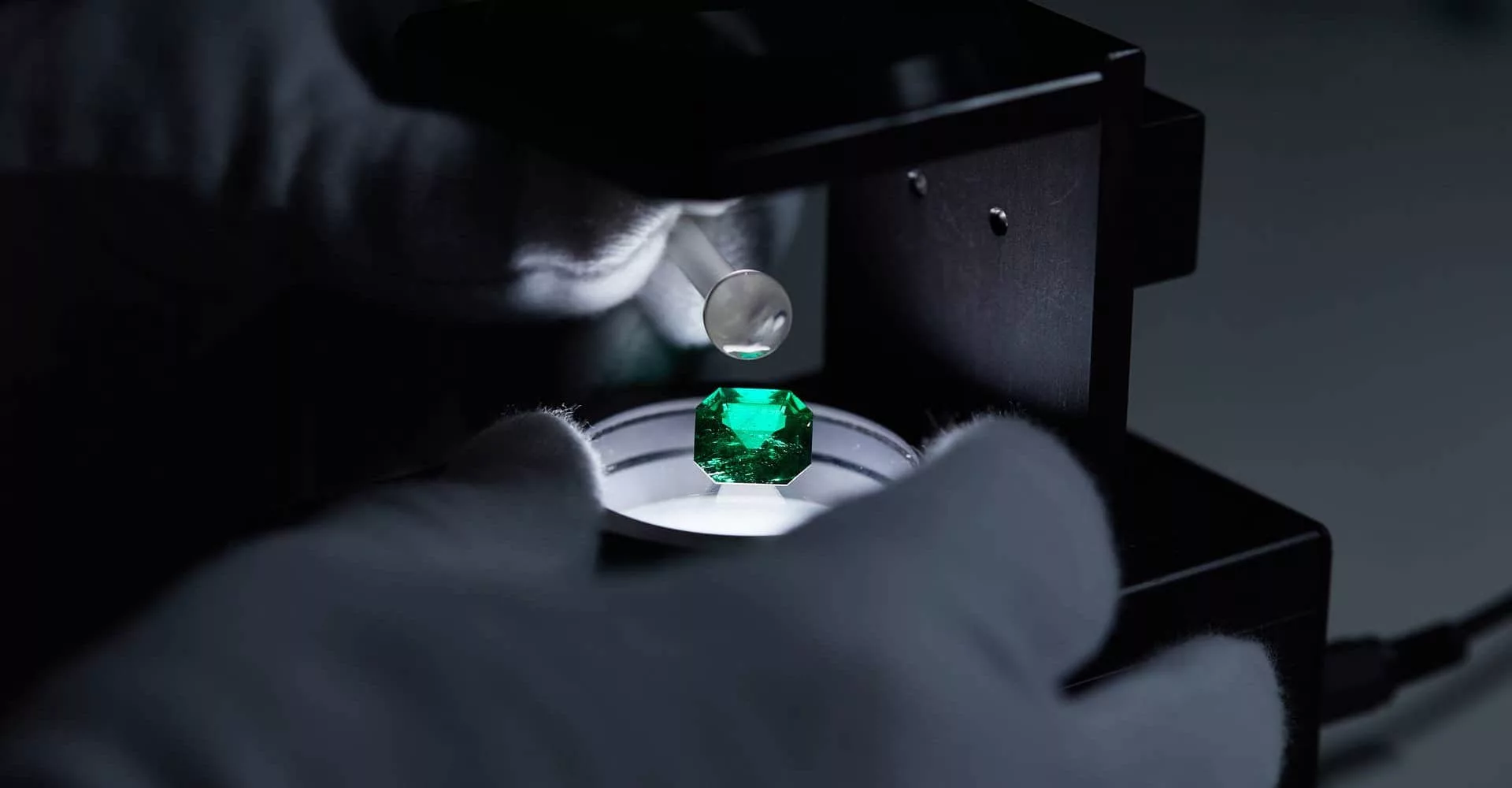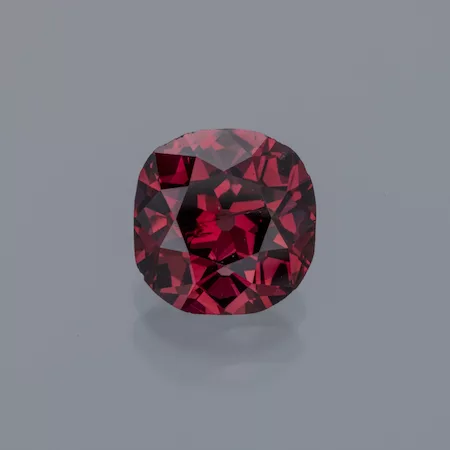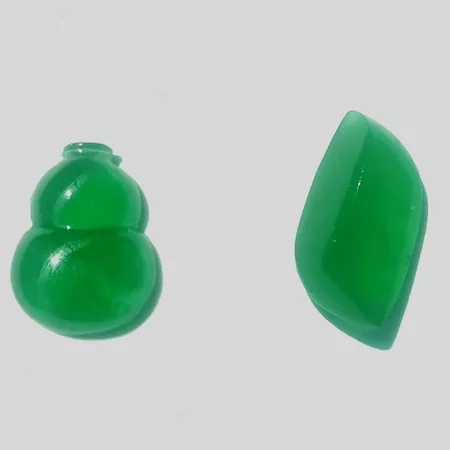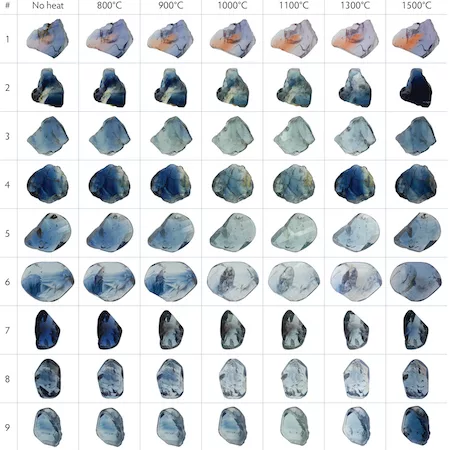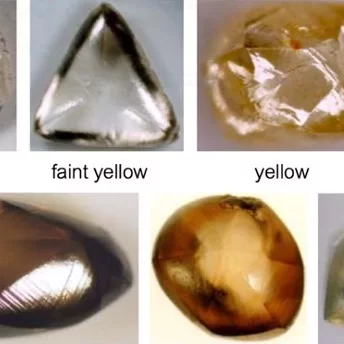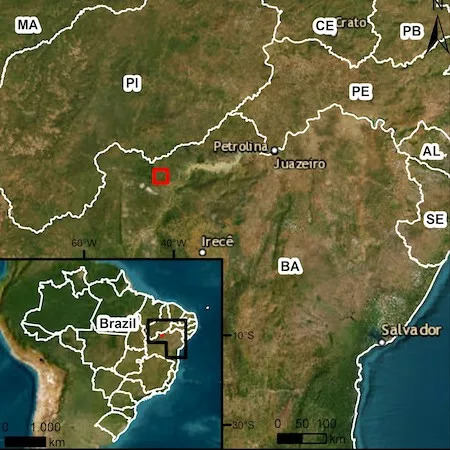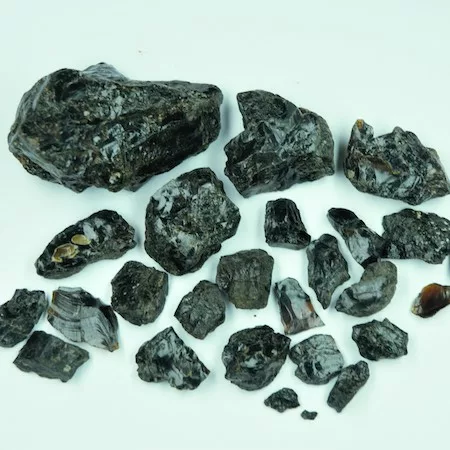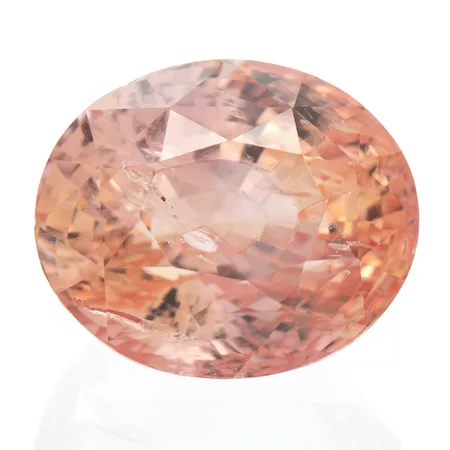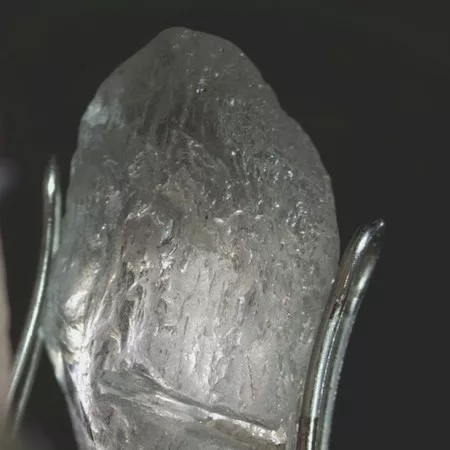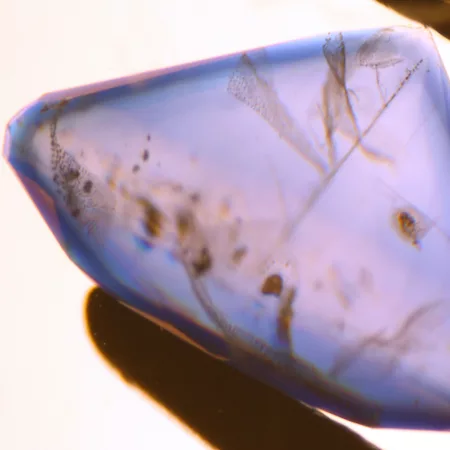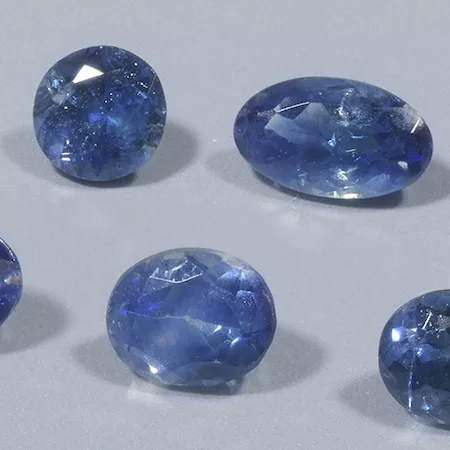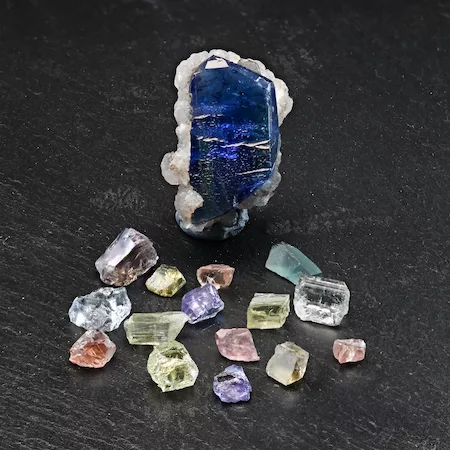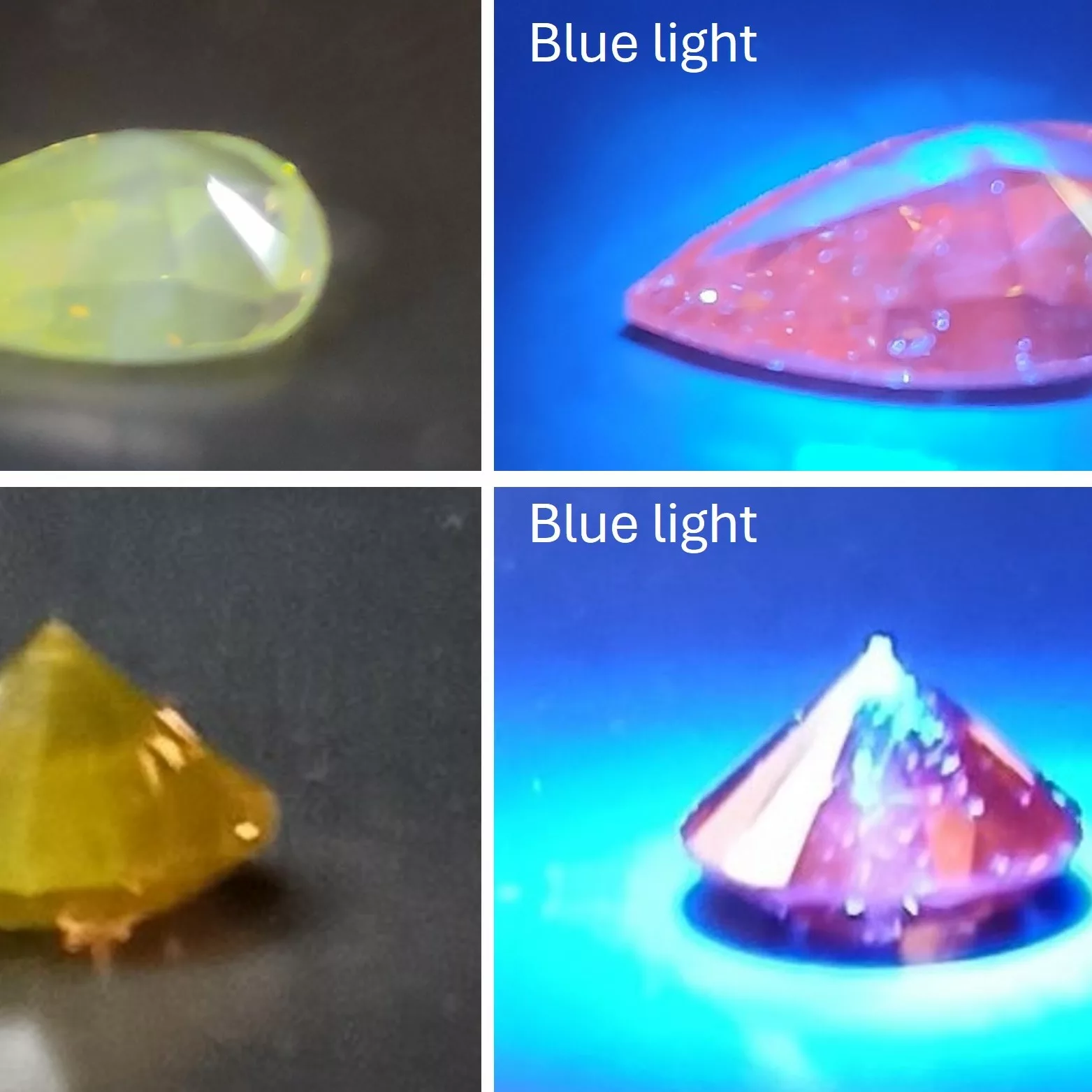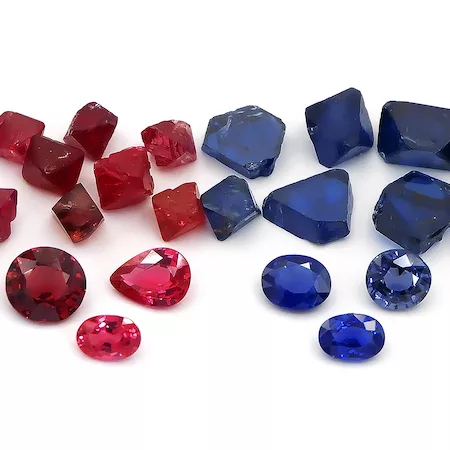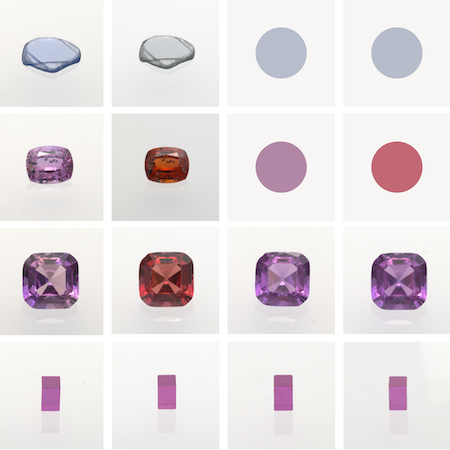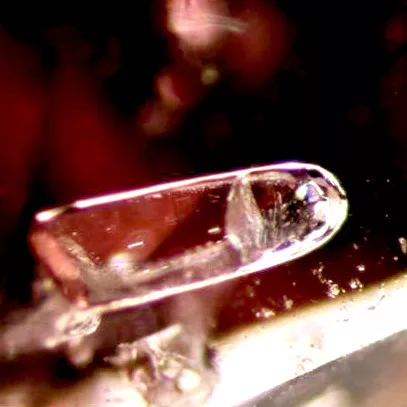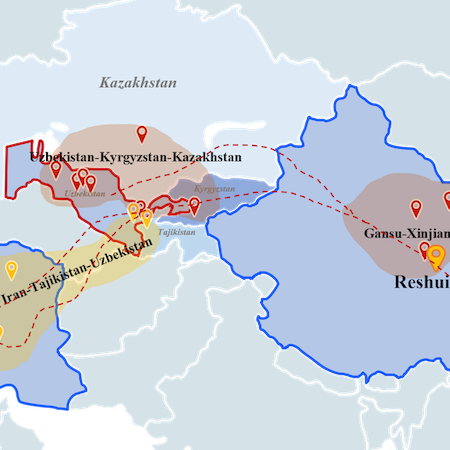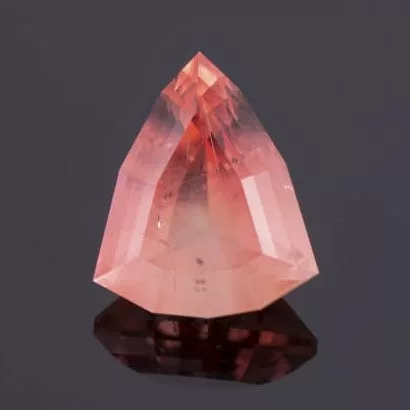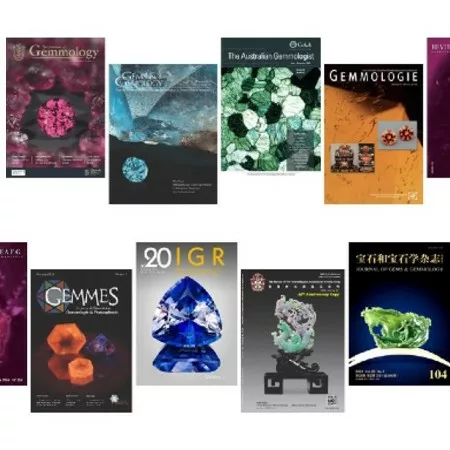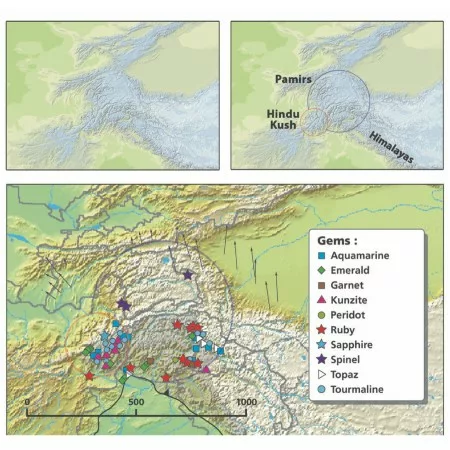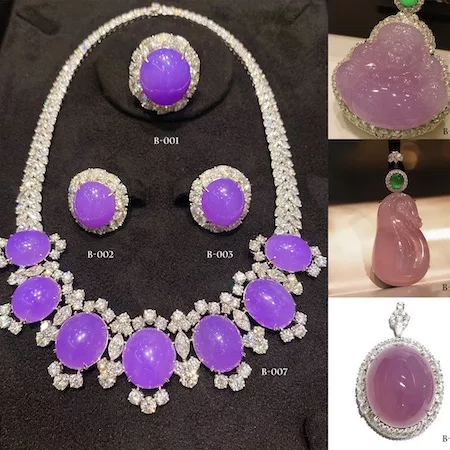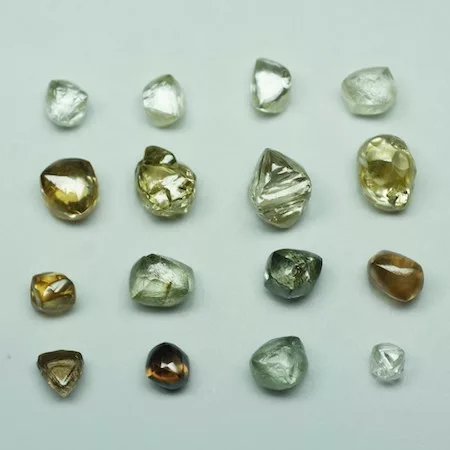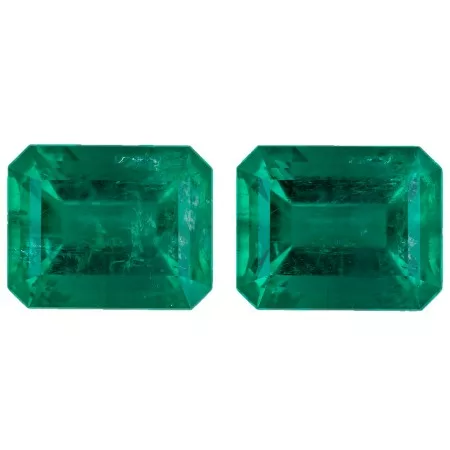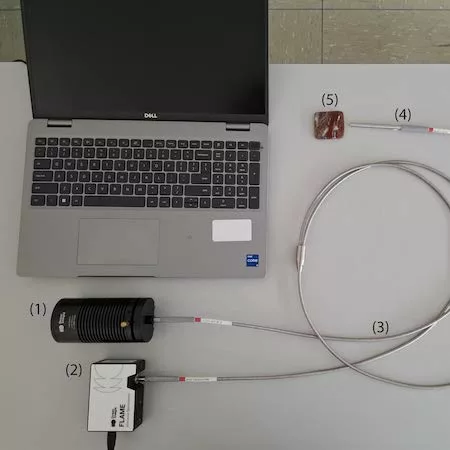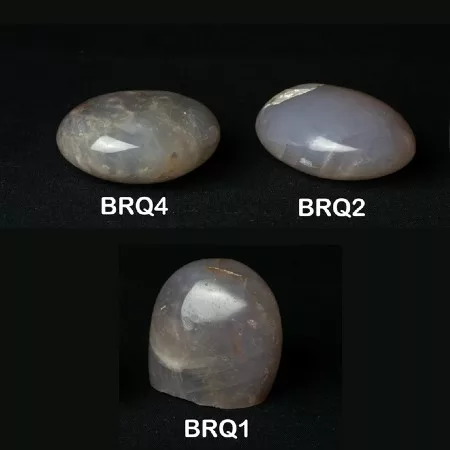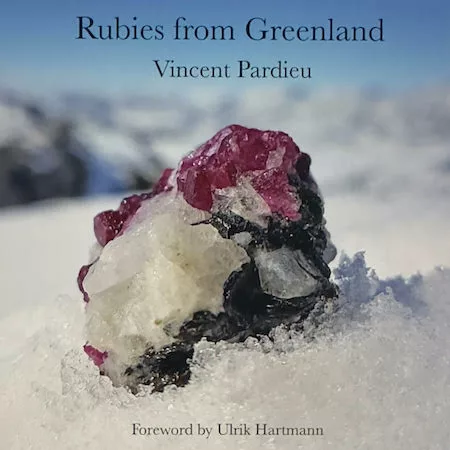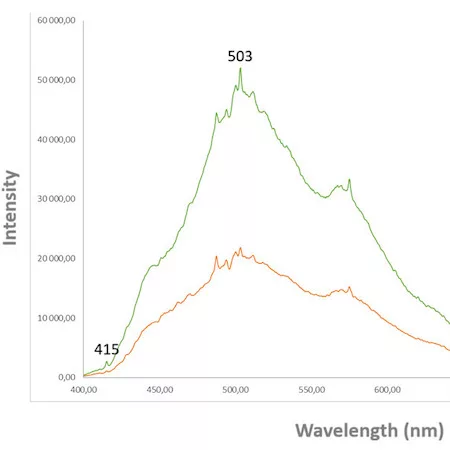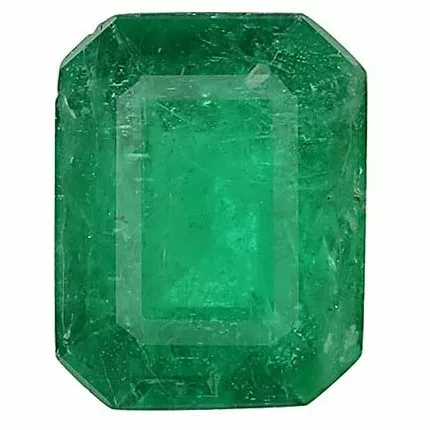Past conferences
Abstracts Library
Studying renowned fancy color diamonds in museum collections: the case of the Winston Red
Museums are unique repositories of international treasures. They are also places of active research, even on the most valu- able objects, such as famous and / or historic gemstones
Advancing Fei Cui Origin Authentication: A comparison of green fei cui from Myanmar, Guatemala, Italy and Russia
In recent years, an increasing number of sources of fei cui, such as Guatemala, Italy and Russia, have entered the Chinese market, leading to a growing demand for precise origin de
Low Temperature Heat Treatment of Madagascar Sapphire
One of the challenges facing gemologists today is the detec- tion of low temperature (below 1200°C) heat treatment in corundum (Hughes et al., 2017)
Morphologies and Surface Features of Diamond Samples from Southern Thailand
In 1955, the first report on Thai diamond was made by Dr. Payome Aranyakanon, a renowned tin exploration geologist of Thailand Department of Mineral Resources
Found, Lost, and Found Again: The Geological and Gemological Significance of the Salininha Emerald Deposit, Brazil
The Salininha emerald deposit located in the municipality of Pilão Arcado, Bahia State, represents the first economically significant discovery of gem-quality emer- alds in Brazil
Amber from the Thanbaya Gaing Coal Mine, Minbu Township, Magwe Region, Myanmar
Amber was recently discovered by local coal miners at the Thanbaya Gaing Coal mine located 6.5 km northwest of Padaung village, and about 5 km west of Thanbaya Gaing village
Padparadscha Sapphire & heat treatment
In 2018 the Padparadscha engagement ring of Princess Eugenie (Figure 1), the niece of the king, gave a boost to the popularity of the gemstone in the UK
Modern Cultivation of Freshwater Pearls in China: Advances in Materials, Technique
This presentation explores the modern advancements in freshwater pearl cultivation in China, focusing on the materi- als, techniques, and market orientation driving the industry
Hurlbutite from Myanmar
A crystal of the very rare mineral hurlbutite originating from Myanmar (without further locality details) was studied and faceted afterwards in two gems, which we also studied
Challenges in the Detection of Ruby and Sapphire Treatment in the Thai Market
The detection of treatments in ruby and sapphire remains a critical aspect and has become an increasingly complex issue in the gem trade and laboratories alike
Blue sapphire from Malacacheta of Minas Gerais, Brazil
Malacacheta, located in Minas Gerais, Brazil, is renowned for its alexandrite deposits and com-plex geological setting
Zoisite and its many color
The mineral zoisite is a calcium alumosilicate belonging to the class of silicates, more exactly sorosilicate minerals
Shining light on “480 nm band” diamonds: Gemmological characteristics of an unusual group of diamonds with yellow and red luminescence
Fancy colour diamonds that derive their colour from nitro- gen-related defects (such as N3/N2 centers or C-centers) are relatively common and well-studied
Automated Data Processing of Raman Spectra for Supporting Spinel Origin Determination
pinel is a highly valued gemstone, with its color and quality influenced by trace-element chemistry and crystal structure. Accurate determination of its geographic origin is crucia
Effects of Gamma Irradiation on Corundum: Towards a Potential Detection Method
Corundum, encompassing the highly prized ruby and sapphire varieties, stands as a cornerstone of the global gemstone market
Spinel from Sri Lanka – An update
Most of the spinels are found in shades of red to purple. Colourless, green and cobalt bearing varieties also been recorded in few locations
Amber and its treatments: A New Baltic Amber Classification Chart
This paper aims to present the history of the modification of Baltic amber (succinite), and particularly the modern meth- ods of its enhancement, along with a discussion of their o
Cross-Cultural Provenance and Characterization of Turquoise Artefacts: A Multi-Analytical Non-Destructive Study of Reshui Tomb Cluster, China (744 AD) and Tepeh Zagheh, Iran (5200–4200 BCE)
Turquoise has long held considerable cultural, economic, and symbolic significance across ancient civilizations, func- tioning both as a prestigious ornament and as a medium of exc
Pink-orange gem quality euclase from Bahia, Brazil
Euclase, monoclinic crystal system—is a seldomly occurring mineral and with a Mohs hardness of 7 and a perfect cleavage to (010) rarely faceted for use in jewellery, but crystal
The Importance and Methodology of Undertaking a Literature Search for Gemmological Research and Article Publishing
Performing a literature search is a very important—but often neglected—part of doing gemmological research




